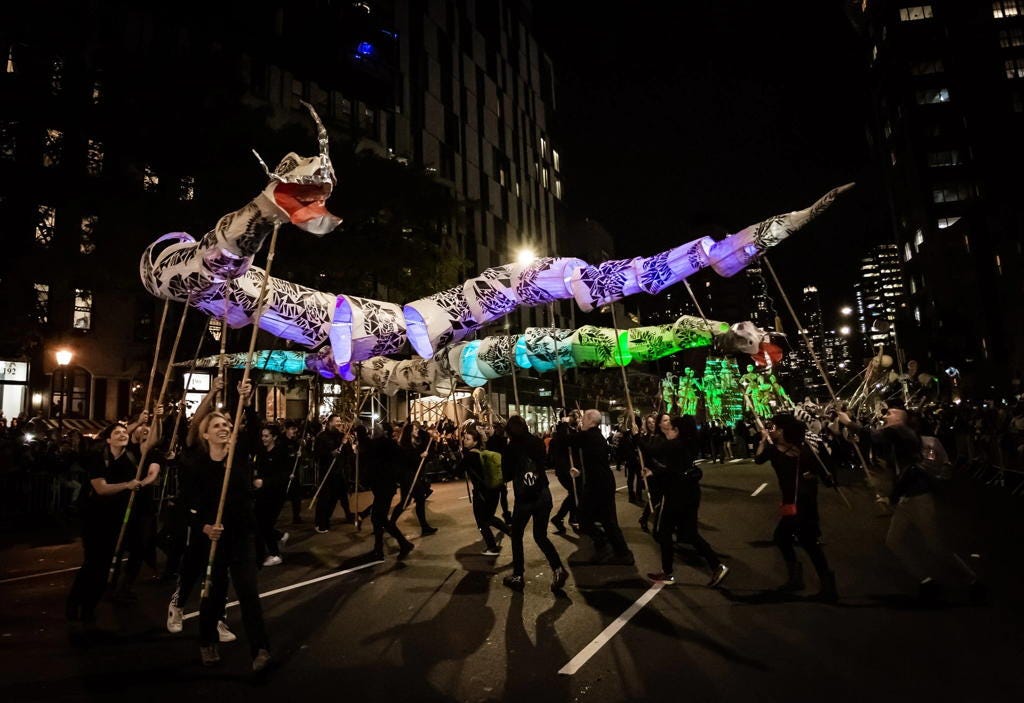Psychedelic-assisted Coaching, Part V ($)
A conjoined psychedelic experience.
“Clear thinking requires courage rather than intelligence.”
— Thomas Szasz, psychiatrist
In the previous parts of this series I’ve considered the differences between therapy and coaching. This reflects the new dichotomy in how psychedelics are approached, either as medicines or as catalysts. Neither fully recognizes what psychedelics offer. Let’s approach the experience authentically.
Psychedelic-assisted Coaching: Part I, Part II, Part III, Part IV
Trance
Psychedelics have been used ceremonially and recreationally. In both cases they are not being used as medicines to treat a problem, disease, illness, or dysfunction. In fact, the notion of using psychedelics as medicines has no historical basis.
In the early days of what we call medicine, Asclepian Dream Healing (Winslow, 2021) used psychedelic experiences to heal. But what was being healed were not diseases, they were psychosomatic conditions. The “new” use of psychedelics as medicines is a return to that time, 2,500 years ago, when illness was not a physical thing and medicines, as we know them today, did not exist.
Psychedelic-assisted therapy has no historical meaning. It’s something doctors and therapists have made up. Since psychedelics do not act like medicines and since personal distress is not a medical condition, the notion of psychedelic-assisted therapy is undefined. We don’t even know if there is a casual relation between psychedelics and therapy.
Seen from this point of view, it’s not surprising that psychedelic-assisted therapy has no diagnosis, no protocol, and no prognosis. It is somewhat amazing that therapy and psychedelics should be connected at all and, in a sense, they are not. What is being done is more of a disjunction rather than a conjunction. It would be better called “psychedelic correlated therapy,” similar to the way that swimming pools correlate with happiness.
Keep reading with a 7-day free trial
Subscribe to Stream of Subconsciousness to keep reading this post and get 7 days of free access to the full post archives.




